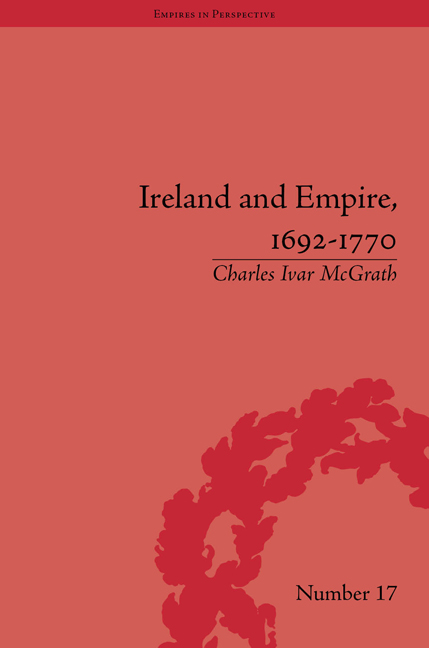2 - Religion
from Part 1 - Contexts
Summary
Religion, and people's adherence to a particular confessional grouping, is central to understanding and locating Ireland in the early modern world and in relation to Britain and the empire. It is also the case that, because of the way in which the Reformations of the sixteenth century unfolded in Ireland, the history of religious division is also crucial for that understanding. In particular, it is a question of comprehending the relationship between Catholic and Protestant with regard to each other, the monarchy and the governments of both Ireland and England. It is less about theology, doctrine or faith and more about the consequences of different understandings of such matters.
As Ian McBride has asserted, Linda Colley's thesis in Britons of the centrality of Protestantism to ‘the invention of Great Britain’ has a resonance for Ireland in relation to those in the western kingdom who were adherents of the Established Protestant church. However, if Protestantism was the ‘primary cultural resource which united the peoples of England, Scotland and Wales’ in terms of Britain and the empire ‘despite the persistence of national, regional and local differences’, Ireland at first sight might appear to represent the black sheep of the family, given its predominantly Catholic demographic profile. Two issues are therefore paramount in assessing the impact of divided confessional allegiance in Ireland upon the country's place and role within the British Empire in the period 1692–1770: the first is the loyalty of the populace to, in the first instance, the monarchy and then to Irish and English or British governments; and the second is the relationship of the confessional grouping in power with those of other religious beliefs whom they governed.
The Reformation in Ireland, unlike in England, did not experience ultimate success in terms of demographic transfer of confessional allegiance. The reasons why for both England and Ireland are highly complex. The Reformation was not an overnight event, but rather a slow-burning fire that eventually caught hold for the majority in England but only a minority in Ireland.
- Type
- Chapter
- Information
- Ireland and Empire, 1692–1770 , pp. 13 - 36Publisher: Pickering & ChattoFirst published in: 2014



